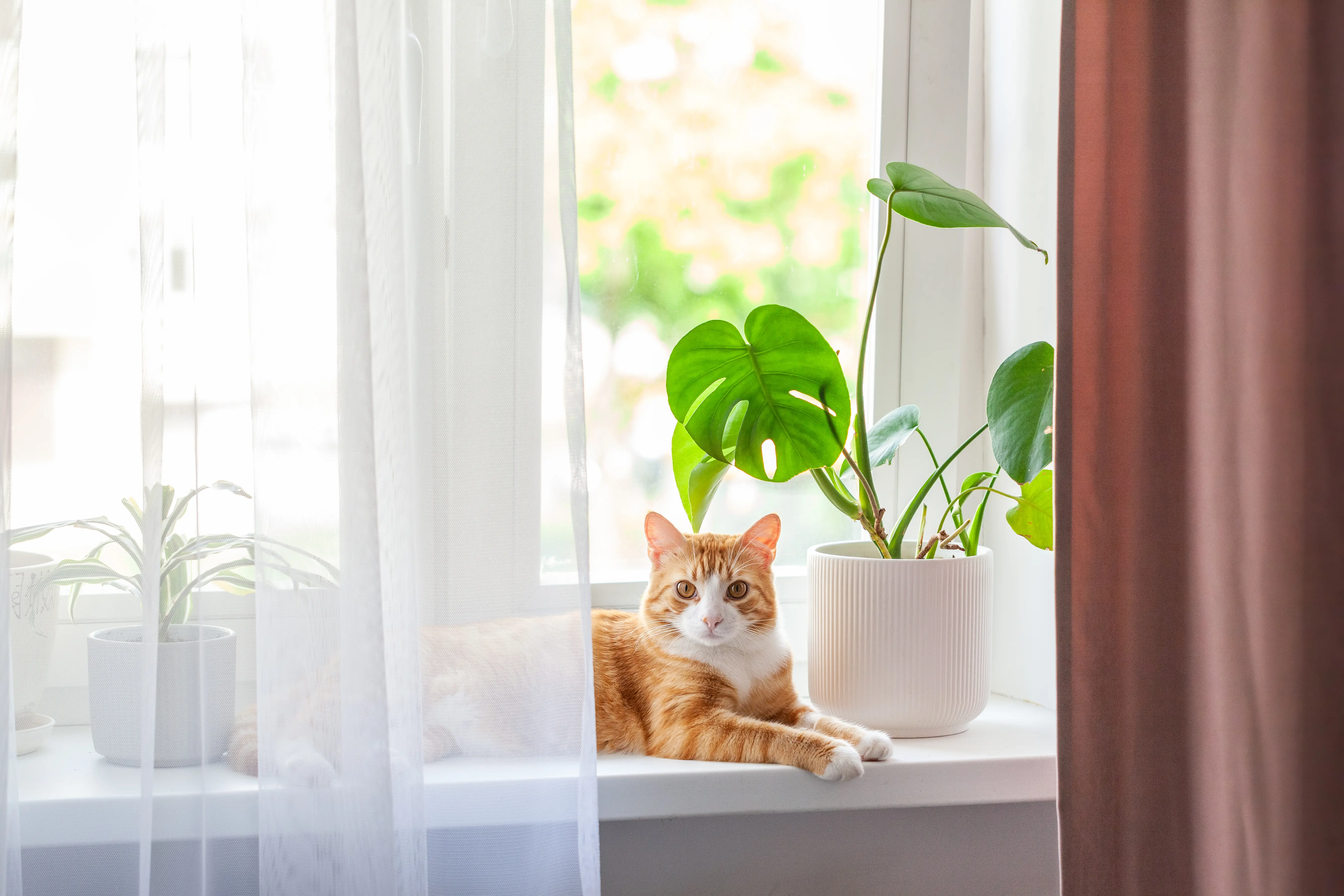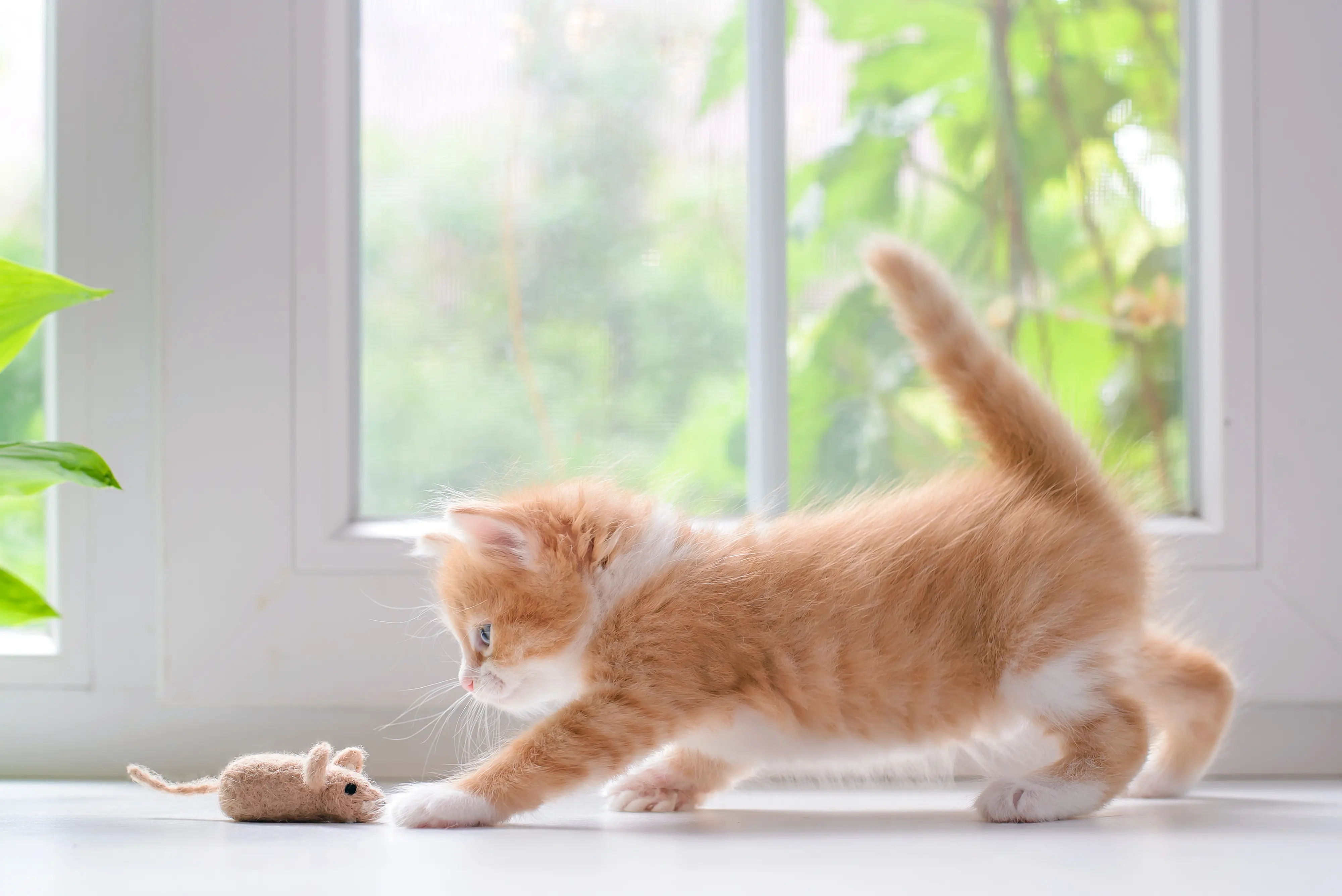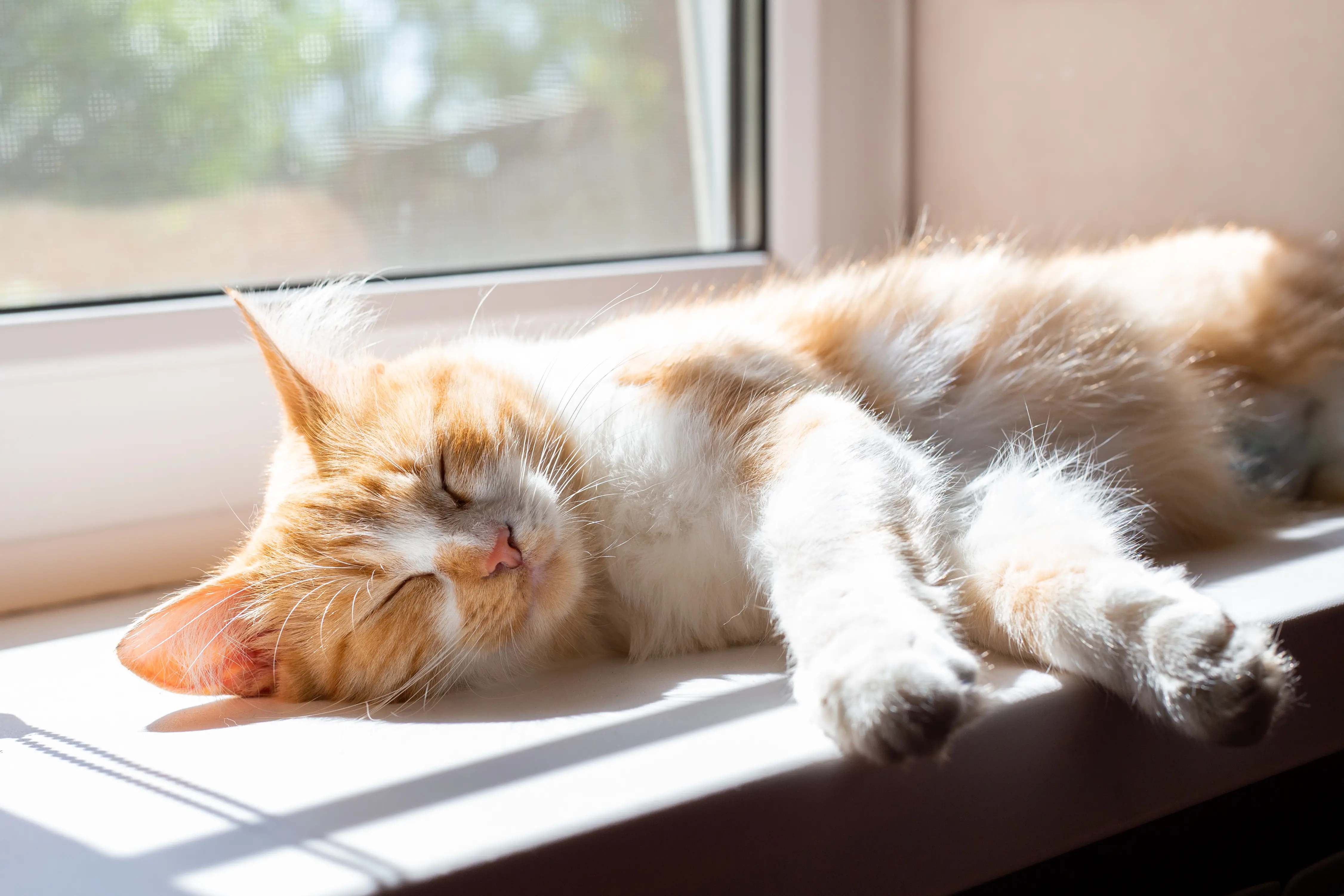For most cat owners, the feline members of our households are more than pets; they're full-fledged family members with their own personalities, quirks, and habits. Yet, despite the time we spend with our feline companions, there's a hidden world to these indoor cats that we only get glimpses into. They have their secret lives, full of behaviors and routines that fascinate and sometimes even baffle us. Let's delve into the mysterious world of indoor cats and uncover the curious aspects of their daily lives that play out right under our very noses.

At first glance, an indoor cat's life might seem repetitive and simple. They eat, nap, groom, play, and repeat. However, beneath this seemingly straightforward routine lies a complex array of behaviors that reveal their wild instincts and adaptability. Indoor cats meticulously set up their territories within our homes, using scent glands located on their cheeks, paws, and tails to mark their domain. This behavior, while often unnoticed by us, is a vital part of a cat's natural instinct to establish a safe and secure environment.
In the wild, cats are naturally crepuscular, which means they are most active during dawn and dusk when their prey is typically active. Indoor cats retain this predisposition, and you might have noticed a sudden burst of energy early in the morning or late at night. This 'zoomie' or 'frenetic random activity period' (FRAP), often seems amusing to us but is an expression of built-up energy and a reflection of their hunting instincts.
While indoor cats don't hunt for survival, they maintain their predatory skills through play. They often engage in behavior such as pouncing on toys, stalking imaginary prey, or chasing laser dots. This mimics the hunting sequence: stalk, chase, pounce, and bite. Providing opportunities for indoor cats to “hunt” helps satisfy their ingrained predatorial nature, keeps them physically active, and reduces unwanted behavior that can stem from boredom.

What may be perplexing for many cat owners is their peculiar habit of pushing objects off surfaces. This playful, seemingly mischievous activity serves multiple purposes. On a basic level, it's entertaining for cats—seeing objects fall defies their expectation and triggers their curiosity. However, it can also be a way for cats to gauge their environment or even to attract attention from their humans.
Another intriguing aspect of an indoor cat's life is their keen attention to routine. Cats are creatures of habit and take comfort in the predictability of their world. Even minor changes in their environment or daily schedule can be stressful. That's why maintaining a regular routine for feeding, playtime, and even cleaning their litter box is essential for their well-being.
When it comes to nap time, which accounts for a significant portion of their day (up to 16 hours for adults and even more for kittens and older cats), they are not just lounging lazily. Cats prefer to sleep in various spots in the house, often switching places. Not only does this offer them a change of scenery, but it’s also a protective instinct helping them to stay alert to potential dangers even in the perceived safety of an indoor environment.

Cats also communicate much about their secret lives through body language and vocalizations. Their meows, purrs, growls, and even silences communicate a myriad of messages to those willing to learn their language. For example, while purring is often attributed to contentment, it can also signify pain or distress. Thus, understanding these subtle cues is key to truly knowing your cat's needs and emotions.
Moreover, while we rarely see cats drink water, hydration is an extremely important part of their secretive routines. Cats often prefer running water because it assures them it's fresh, which explains why some might be fascinated with a dripping faucet. Providing a water fountain or integrating running water sources for drinking can promote better hydration and reflect their preference for fresh water found in nature.
The secret lives of indoor cats are rich and complex, with behaviors that span from the curious to the confounding, all rooted in their natural instincts and evolutionary history. By appreciating the depth of their secret lives and providing an environment that caters to their needs, we can ensure that our beloved indoor cats live not only comfortable lives but also fulfilling ones that cater to their wild nature. Whether through interactive play, understanding their communication cues, or respecting their routines and territory, there's a continual dance of mutual understanding and love between cats and their human companions. In learning more about these beguiling creatures, we come to realize that every day with them is a chance to discover something new and delightful about our silent, mysterious, and affectionate feline friends.
